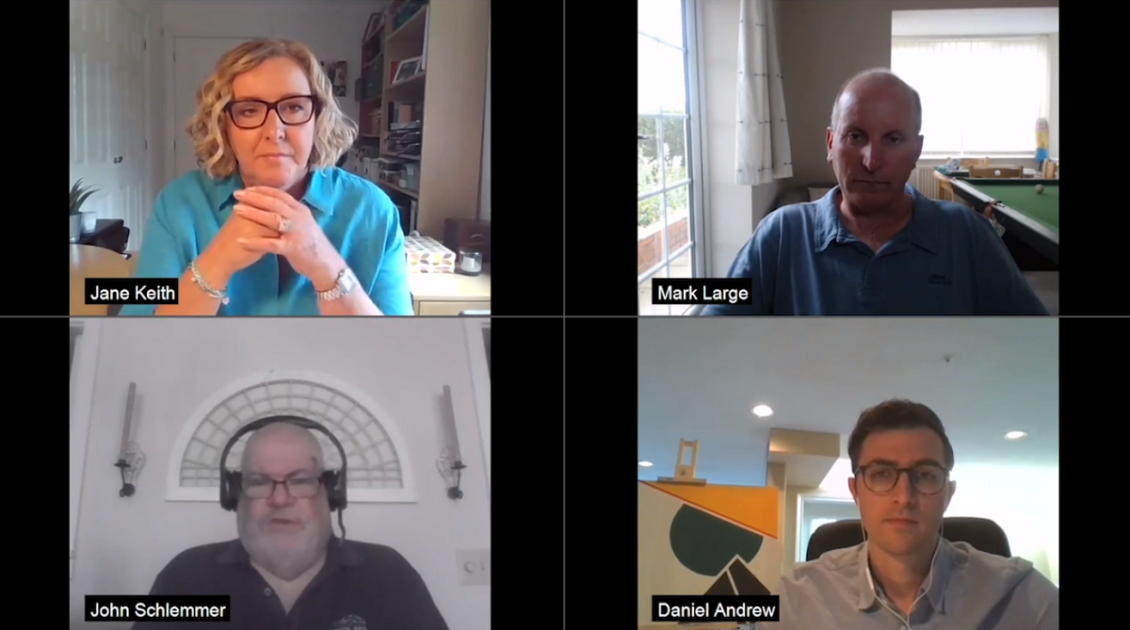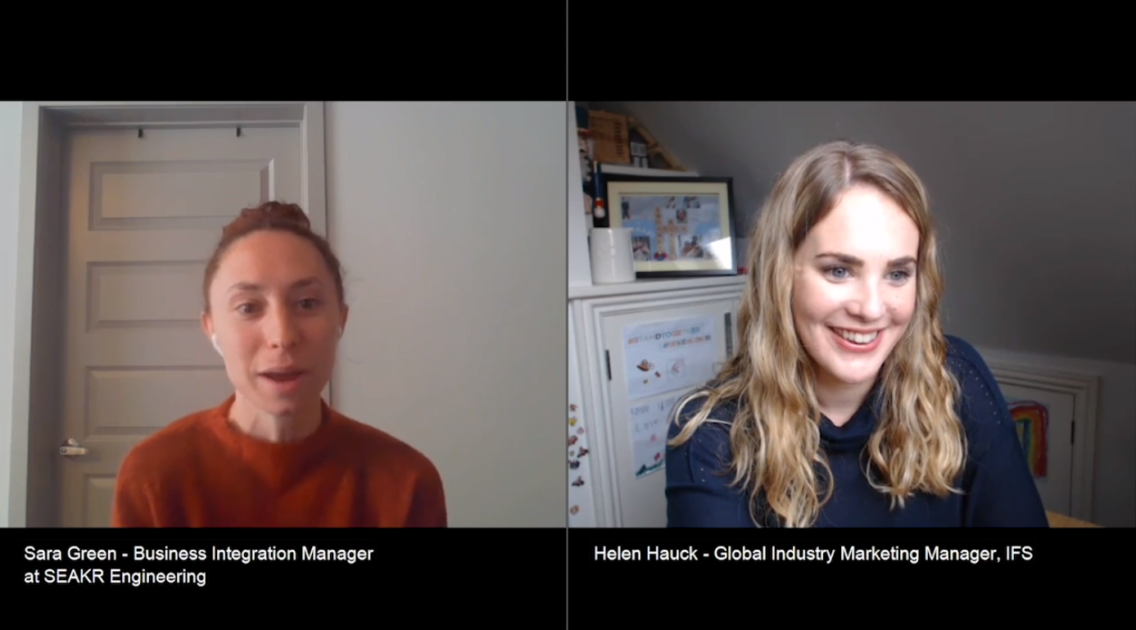Manufacturers today are still recovering from the initial economic shocks that came as businesses shut down to prevent further spread of the coronavirus. Supply shocks hit as imports of not only finished goods but component parts required for manufacturing hit the wall, and the World Economic Forum has forecast trade growth, which was in positive territory in December of this year, dropped about 4.25 percent in March. This has contributed to a drop in global GDP growth of about .25 percent.
Facts on the ground
We deal in other posts about the need for agile supply chain planning and other ways to mitigate the risk of future disruption. But in our recent MindFuel webinar series, we have been having conversations with our manufacturing customers, our partners and others about how they are adjusting their day-to-day operations here and now so they can return to something like full productivity.
While many white-collar workers can easily work remotely, some companies had to safely staff production to satisfy mission-critical orders. In a recent discussion of the pandemic’s influence on company cultures, Sara Green, business integration manager with IFS customer SEAKR Engineering, described how they continued to satisfy critical orders during the pandemic. SEAKR designs and manufactures processors, data handling systems, digital communications payloads, and other hardware for space systems and is involved in projects including the satcom payload for the U.S. Space Force and a Defense Advanced Research Projects Agency project to create a low earth orbit satellite constellation.
“We limited on-site access so we could allow the essential workers in with minimal risk,” Green said. “And we created two different shifts to ensure distancing and allow for clean-up. The rest of the company was working from home—but this is progressively changing as people were able to come back to the office.”
In a MindFuel conversation with IFS Chief Human Resource Officer Jane Keith, Daniel Andrew, director of business solutions for IFS customer Nature’s Path discussed how even some non-production activities required employees show up at the facility.
“Our office never technically closed,” Andrew said. “But it never got over 20 percent (of employees reporting in) … with some coming in one or two days a week. Some functions are harder to do remotely. We have a team of scientists doing shelf life testing and developing new products. That is pretty hard to do from your home kitchen. We are trying to figure out what that hybrid environment will look like going forward.”
Apart from determining the proper return to in-person work, Andrew said the family-owned organic breakfast and snack food company is adjusting to other shifts.
“Demand in our industry has gone crazy—including the change in the channels as people loading up their pantry. But we are seeing it is not butts in the seat that makes the work happen,” Andrew said.
Mark Large, head of business systems at IFS customer Volac, stressed that the role of the office may become more flexible and adaptable in the future. “We see the office as being for socialization,” Large said. “You can get some of that remote, but you don’t have that same water cooler banter so there are certain updates you might not get.”

Partners leverage video conferencing
Executives with Cedar Bay, an IFS solutions and services partner, provides data capture and mobility solutions, including bar code scanning, RFID and internet of things (IoT). In another MindFuel discussion,
Cedar Bay North America President Robert Freeman said the company had to continue to deliver projects to customers, including those who saw the pandemic as an opportunity to invest in and focus on process improvements and the future of their business with fewer distractions.
“We had a customer in Texas that needed help,” Freeman said, recounting events from the early days of the crisis. “Fortunately, I had been there a few weeks before to learn more about their business, but not enough to do a whole project. But there are companies that want to have everything in place for the recovery. Even a few years ago, we could not do things like video conferencing for planning meetings. But now we have all these video conferencing platforms, and everybody has a camera built into their laptops. In some cases, our customers are in a large conference room with a big screen—socially distanced. In one case, when we needed to see something on the plant floor, they just asked me if they could take an iPad out there and show me as if I was there.”
While designated technology for remote assistance is out there, consumer technology is now being used on a more flexible and adaptable basis.
“Our consultants were recently considering how to look at the site,” Cedar Bay Operations Manager Tony Higgs said of a customer project. “Someone asked—’What about a GoPro?’ He gave us a virtual tour of the plant floor. There was nobody in there, but we could see what was going on. That allowed us to not only schedule a kick-off but workshops and design sessions.”
“But sometimes it is also important to be on site with the customer, Freeman said stressing that it is what someone on site does not show you that can make a big difference. “Although the technology is good, if you are taking that plant tour with your normal vision—and you see someone has some material tucked back in a corner—they may not want you to see that.”
People and technology
What we see now in our customer and partner base has less to do with technology and more to do with how people are adapting to doing business in new ways. Technologies used in this emergent situation have been those that are readily available to consumers. This pandemic may be a turning point, however, that moves manufacturers towards investing in dedicated enterprise technologies including cloud provisioning of enterprise resource planning (ERP) software so that the enterprise system of record. But in the moment, we see ample evidence that people, management teams and manufacturing business processes are coming to terms with dynamic health and safety requirements.
If you enjoyed this blog please look for others on blog.ifs.com.
I welcome comments on this or any other topic concerning manufacturing. Connect, discuss, and explore using any of the following means:
- Twitter: @ElkinsColin
- Email: elkins@ifs.com
- Blog: http://blog.ifs.com/author/colin-elkins
- LinkedIn: https://www.linkedin.com/in/colinelkins


